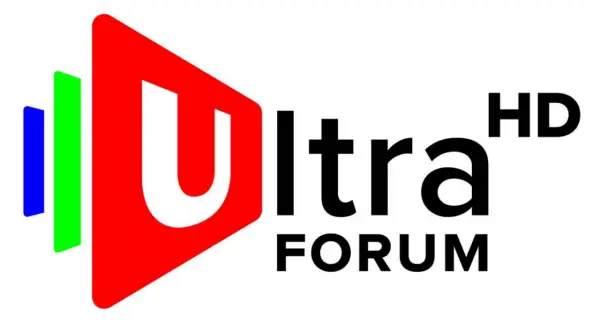 This week at the NAB Show in Las Vegas, the Ultra HD Forum released the draft for Phase B of the UHD guidelines. Among the 80-page document are recommendations that will affect the way we watch and hear UHD content. Let’s take a look at a few highlights:
This week at the NAB Show in Las Vegas, the Ultra HD Forum released the draft for Phase B of the UHD guidelines. Among the 80-page document are recommendations that will affect the way we watch and hear UHD content. Let’s take a look at a few highlights:
Dual-layer HDR Technologies allows Scalable High-Efficiency Video Coding (SHVC) to decompose an image signal into two layers having different spacial resolutions: a Base Layer (BL) with a lower resolution image, and an Enhancement Layer (EL) with higher resolution details.
Content Aware Encoding (also known as Content-Adaptive Encoding or CAE), is a technique applied on the encoder side (in these guidelines solely addressing HEVC) that improves the efficiency of encoding schemes.
Dynamic HDR Metadata Systems, including Dolby Vision and SL-HDR1, are included in the guidelines to apply dynamic data across the stream. You’re probably already aware of Dolby Vision (incorporated in home media formats including Digital UHD and Ultra HD Blu-ray). SL-HDR1 is Technicolor’s new single-layer solution that supports both HDR equipment and screens as well as non-HDR (Standard Dynamic Range) screens and equipment.
In the UHD Guidelines frame rates higher than 100fps are addressed including 100, 120/1.0014 and 120 frames-per-second, which are much faster than today’s standards of 60 fps or lower. Faster frame rates mean sharper images for fast-moving video in sports and action films.
And, next-generation audio formats including Dolby AC-4 and MPEG-H audio are addressed in the guidelines. AC-4 brings a number of features beyond previous standards, and can contain channel-based audio, audio objects, or a combination of both. MPEG-H audio, an open ISO standard, features immersive sound and advanced user interactivity features. The format can carry any combination of channels, objects, and Higher-Order Ambisonics (HOA).
Those are just a few highlights from the document. You can read the entire UHD Phase B Guidelines from the BusinessWire press release.
Phase A of the UHD guidelines were firmed up in 2015 and 2016, and in 2017 surveys were taken to direct the standards for Phase B. The second phase guidelines are not to make the first phase objectives obsolete, however. According to the Ultra HD Forum “we remain strongly focussed on backwards compatibility so that the introduction of new solutions doesn’t break what’s already in place.”











![Wicked: For Good Is Up For Pre-order On Disc & Digital Including Collector’s & SteelBook Editions [Updated] Wicked for Good digital poster](https://hd-report.com/wp-content/uploads/2025/11/wicked-for-good-digital-poster-324x160.webp)
